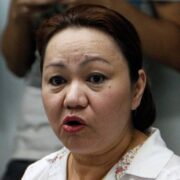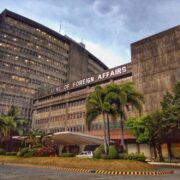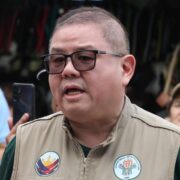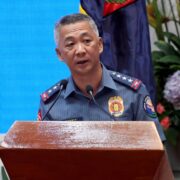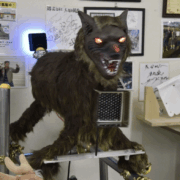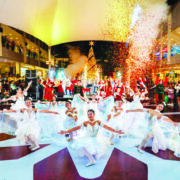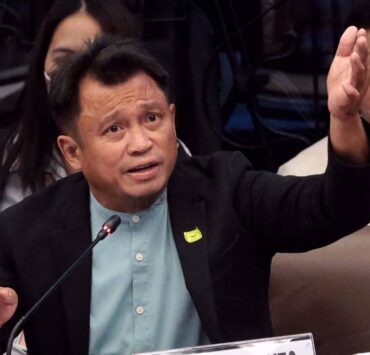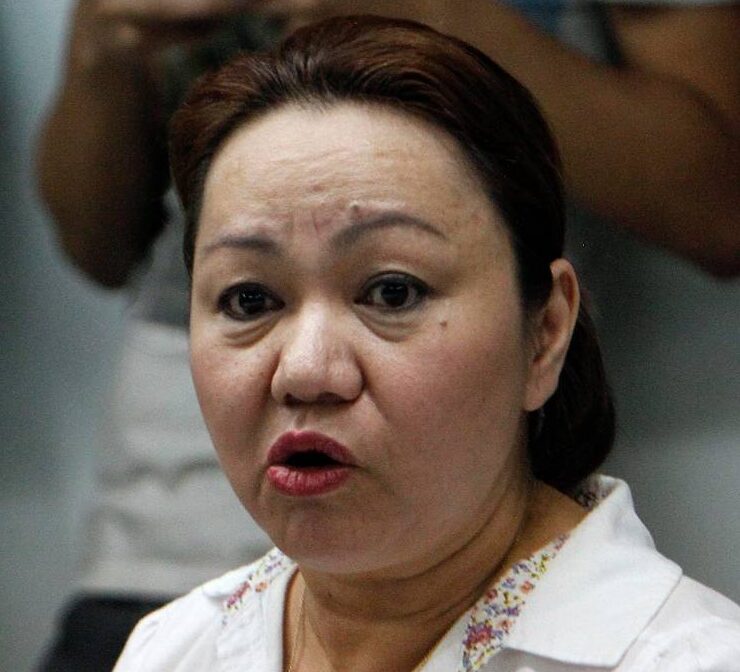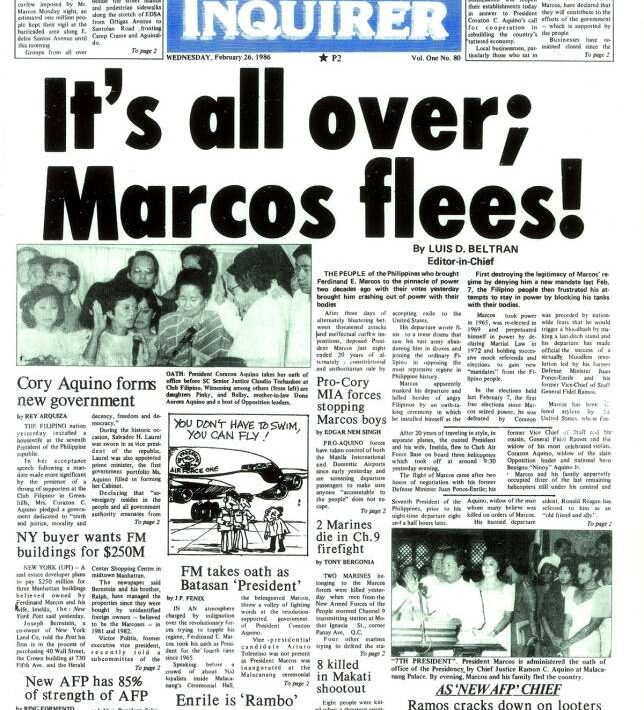Mayon nominated to World Heritage List
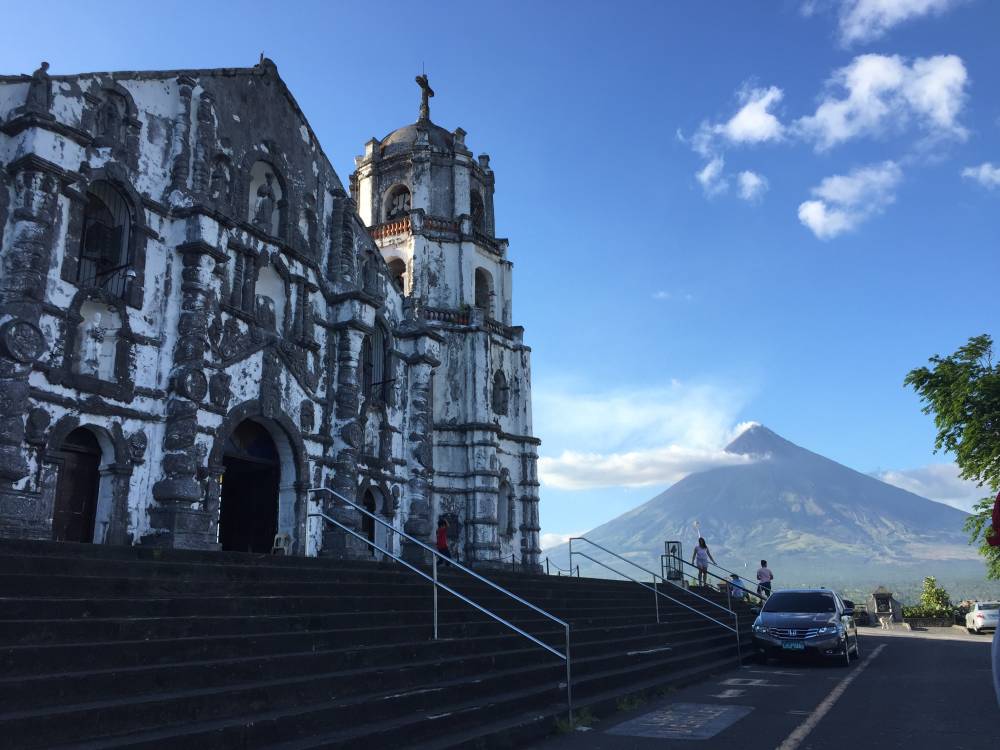
More than 10 years after the inscription of the Mount Hamiguitan Mountain Range in the World Heritage List, the Philippines now has another chance of having a new World Heritage Site with the nomination of Mayon Volcano.
The Unesco National Commission of the Philippines (Unacom), through its secretary general Ivan Henares, recently submitted the nomination dossier of the Mayon Volcano Cultural Landscape to the World Heritage Centre (WHC) in Paris, France.
The nomination will now be subjected to a tedious process by the WHC, relevant organizations, and experts.
It was prepared through the coordination of different institutions: Unacom, the National Commission for Culture and the Arts, the National Museum, the Department of Environment and Natural Resources particularly the Protected Area Management Board, provincial government of Albay including its Provincial Tourism, Culture and Arts Office, local governments of Daraga and Camalig, and the Roman Catholic Diocese of Legazpi.
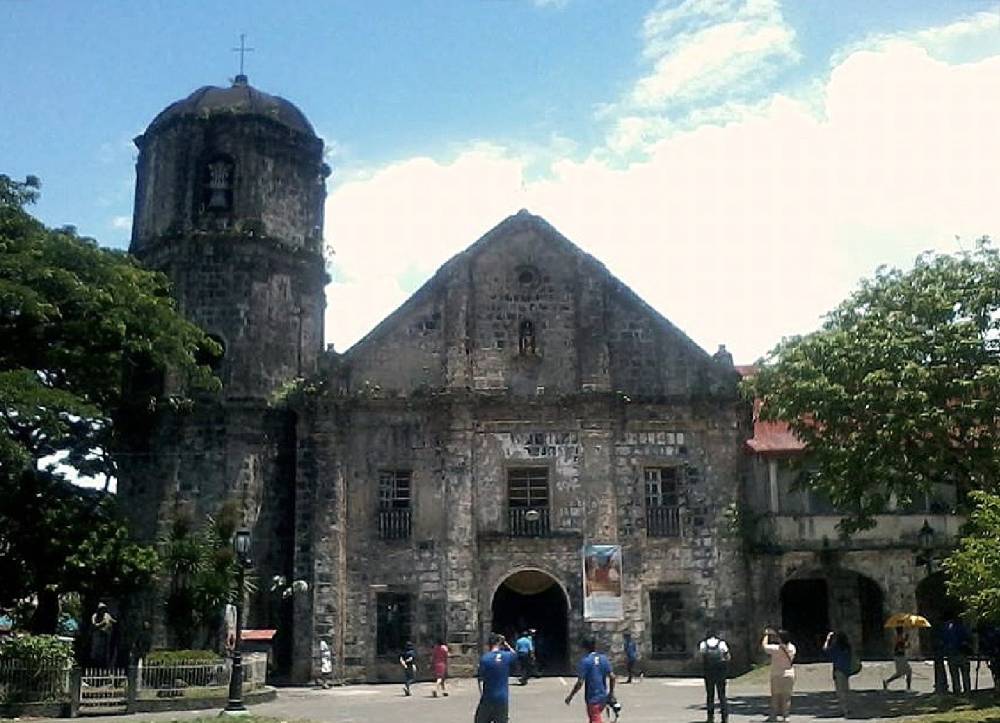
The nominated property includes the Mount Mayon Natural Park (MMNP) covering the volcano itself and the 6-km buffer zone; the ruins of the Santiago Apostol Church, commonly known as the Cagsawa Church in Daraga, Albay; the church of the Nuestra Señora de la Porteria and the cemetery of Daraga; the church of the Nuestra Señora de la Asuncion in Budiao, Daraga; and the San Juan Bautista Church in nearby Camalig.
All Franciscan legacies in the Bicol region, the Daraga church (façade and belfry), Cagsawa church ruins, and Budiao church ruins were declared National Cultural Treasures by the National Museum in 2007, 2015, and 2020, respectively.
The total area is 11,639.15 hectares, comprised of the core zone of all components measuring 5, 337.04 ha and core zones of 6, 403.64 ha.
It covers the cities and towns of Tabaco, Sto. Domingo, Bacacay, Legazpi, Daraga, Camalig, Ligao, and Guinobatan.
Mixed site
The Mayon Cultural Landscape is nominated as a mixed site, that is, both cultural and natural and under the Unesco criteria 5 to 8.
Criterion 5 refers to the “outstanding example of a traditional human settlement …” while Criterion 6 refers to sites that are “directly or tangibly associated with events or living traditions, with ideas, or with beliefs, with artistic and literary works of outstanding universal significance.”
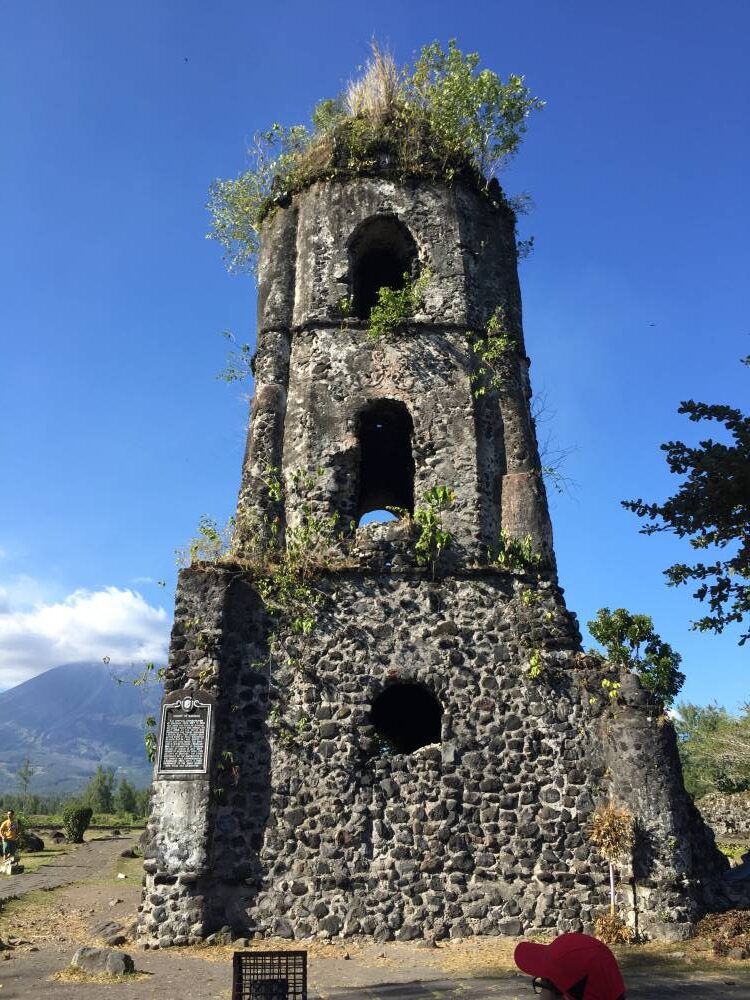
Criterion 7 are those that possess “exceptional natural beauty” and Criterion 8 are “outstanding examples representing major stages of earth’s history, including the record of life, significant on-going geological processes in the development of landforms, or significant geomorphic or physiographic feature.”
The site was nominated under Criterion 5, as it “demonstrates the dynamic interplay between human communities and volcanic landscapes, and is a representative example of this relationship as they have played out throughout the history of the towns around Mayon, particularly in Daraga and Camalig.”
This is evidenced through the use of volcanic materials in the building of churches.
The reason for its nomination under Criterion 6 is that the relationship between nature and man in the nominated property “results in a rich tapestry of intangible heritage that speaks to the centrality of the volcano to people’s lives, weaving an intricate cosmology and social network of meaning that has placed Mayon as a central subject.”
For Criterion 7, the site is an “exceptional example of a symmetrical volcano” dominating the landscape of the area, and under Criterion 8, “one of the best examples of open-conduit volcanoes” in the world. Mayon has a system of releasing magma without eventually blocking out its mouth, which prevents pressure buildup.
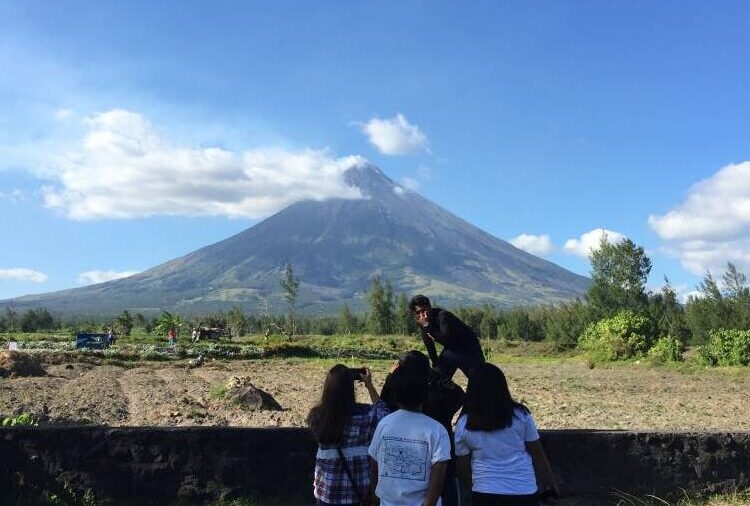
Rich biodiversity
The Mayon Volcano Natural Park is likewise rich in biodiversity, with 156 identified floral species including the near-threatened pitcher plant (Nepenthes ventricosa). Thirty-two percent of these plant species are endemic to the area while the others are indigenous.
Aside from these, 104 animal species call the area home, with seven of the 13 mammal species endemic to Mayon. Among these seven, three are vulnerable: the giant golden-crowned flying fox, Philippine brown deer, and the Philippine warty pig.
It also has 37 endemic bird species, including the critically endangered Philippine cockatoo, nearly threatened Luzon bleeding heart, and the vulnerable Philippine eagle-owl.
There are also 10 frog species at the park plus one endemic butterfly, seven endemic stick insects, and nine endemic spiders.
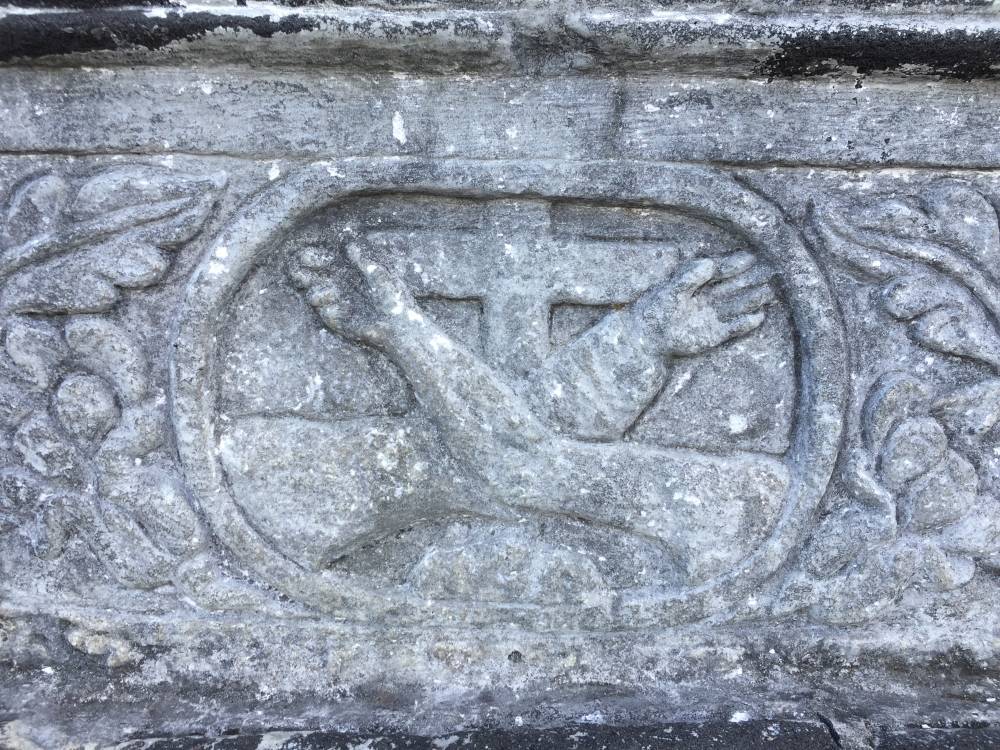
Henares describes this nomination as historic for Albay province and the country.
He said it is the first dossier submitted by the Philippines to the World Heritage Center since the 2011 dossier of Mount Hamiguitan, but what makes it significant is that it is a community-driven effort.
“This submission represents a significant milestone for our country,” he said, adding that except for Brunei, the Philippines is the only country in the Southeast Asian region with no World Heritage inscription in the past six years.
The last Philippine cultural site inscribed in the world heritage list is the World Heritage City of Vigan in 1999.
“This dossier was community-led, as it should be. They did not hire a team of outside consultants to work on it,” he said.
“It is important for Filipinos to rally behind this effort, especially given the hard work of the community,” he added.



